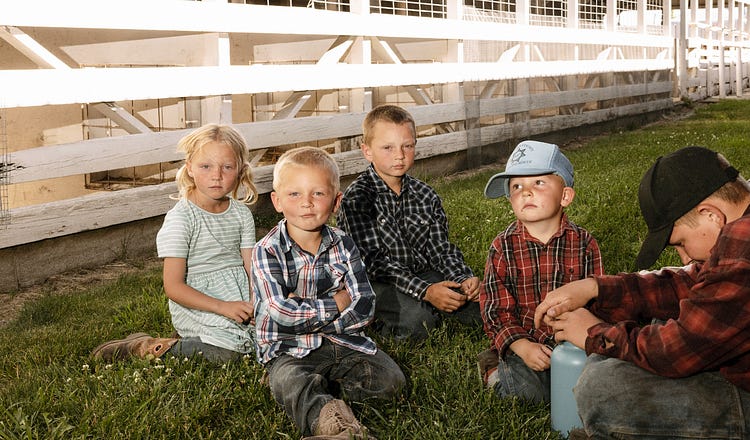Home Is Where the Revolution Is

The Neely siblings (L to R: Rebekah, James, Gabriel, Silas, Philip) play in the grass at the first annual Modern Homesteading Conference, a two-day event teaching attendees how to live off the land. (Rebecca Stumpf for The Free Press)
A growing number of Americans are rejecting processed foods and living off the land. Olivia Reingold meets the homesteaders who say ‘things mean more when you have less.’
390
COEUR D’ALENE, IDAHO—A trailer yanks a hog carcass out of a bath of scalding water. Yellowjackets swarm the swine, now hanging by its hooves from the raised shovel of a tractor, as a man dressed in rubber overalls reaches for his knife.
About 400 audience members—many of them parents with young kids, all seated on wooden benches—shift forward as the but…
Continue Reading The Free Press
To support our journalism, and unlock all of our investigative stories and provocative commentary about the world as it actually is, subscribe below.
$8.33/month
Billed as $100 yearly
$10/month
Billed as $10 monthly
Already have an account?
Sign In


